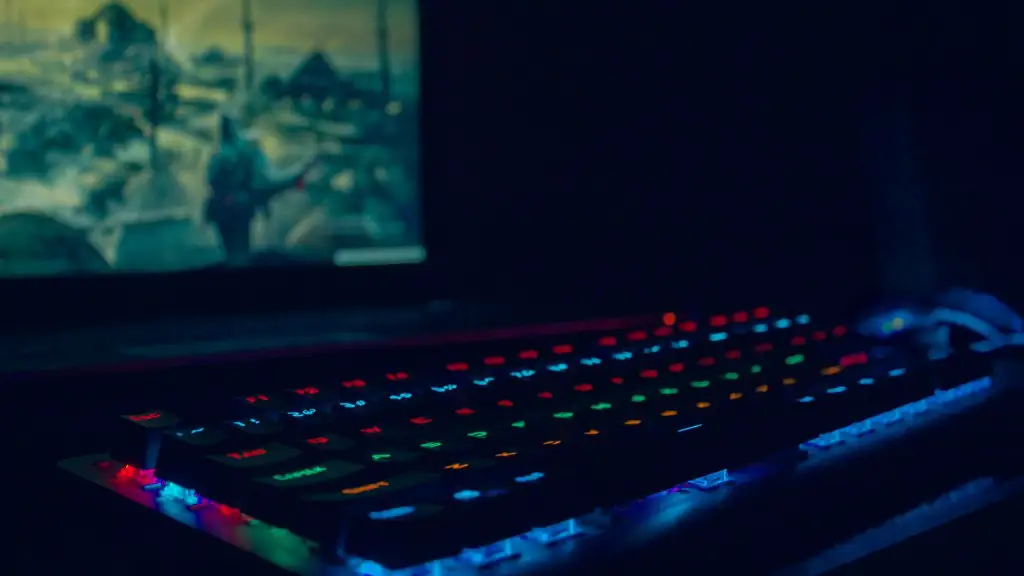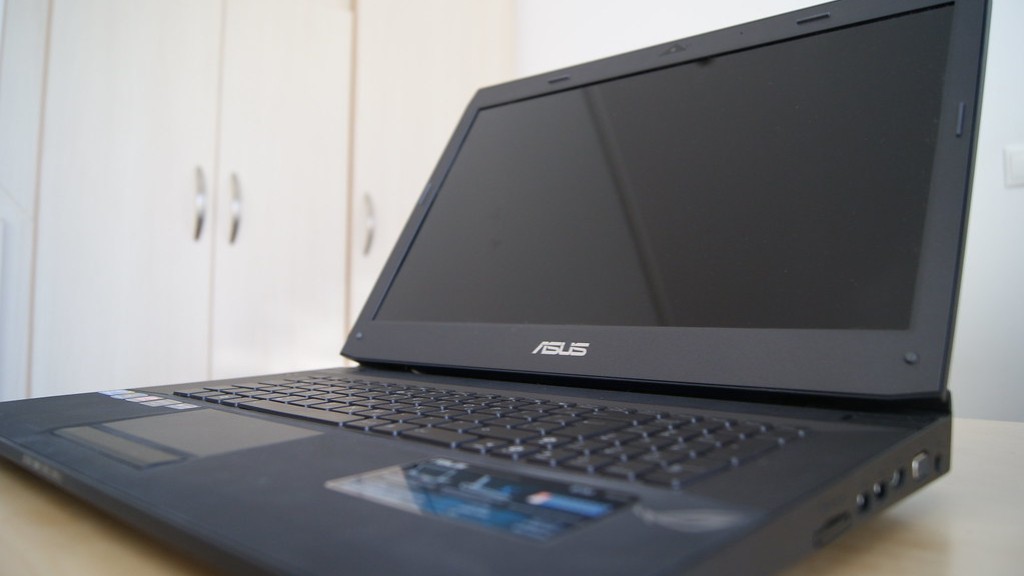For gamers, a good monitor is essential for a great gaming experience. Generally speaking, gaming monitors are larger, more advanced, and much more expensive than regular computer monitors. To understand why they’re so important, one must first understand the difference between a gaming monitor and a standard computer monitor. Gaming monitors are built specifically with gaming in mind and are designed to offer superior speed, color accuracy, and overall improved performance.
In terms of speed, gaming monitors are equipped with advanced refresh rates and response times that allow for faster framerates. This is crucial for gamers who demand smooth motions and no tearing. Secondly, gaming monitors offer superior color accuracy and wide viewing angles, which can drastically improve visuals and make the color palette more consistent. Lastly, modern gaming monitors are often outfitted with a range of input ports that can accommodate different types of equipment and gaming consoles.
It’s also important to consider the size of gaming monitors. Today’s gaming monitors come in a variety of sizes, ranging from small 24-inch models to massive 40-inch displays. The size of a monitor is usually determined by the type of gaming experience one is looking for. For instance, a larger screen will be better for open-world games like The Witcher 3 as it offers a wider field of vision.
In terms of cost, gaming monitors are more expensive than their regular computer counterparts. This is in part due to their specialized hardware and the cost of production. However, despite their higher price tags, it’s important to consider the added benefits they bring to the table.
For gamers looking to invest in a monitor, it’s important to consider all of these aspects before making a final decision. The type of gaming experience one has in mind and their budget are both important factors to keep in mind. Evaluating the speed, color accuracy, size, and cost of a gaming monitor will help ensure gamers pick the best monitor for their needs.
Input Ports For Monitor
Another important factor to consider when purchasing a gaming monitor is the type of input port it offers. This is particularly important if one is looking to plug multiple devices into the monitor. Most gaming monitors offer HDMI, DisplayPort, and/or USB-C ports. By offering multiple ports, a gaming monitor can accommodate a variety of devices such as gaming consoles, streaming boxes, and external GPUs.
It’s worth considering gaming monitors with multiple ports if one plans on using it for more than just gaming. A gaming monitor with multiple ports can also be used with external GPUs or laptop docking stations, making it a great all-in-one solution for a home office setup.
When shopping for a gaming monitor, it’s important to ensure that it has the necessary ports to connect all of one’s devices. Additionally, it’s important to make sure that the ports are compatible with the device one is connecting to it. If there is any doubt, one should always ask the manufacturer or reseller.
Finally, one should also consider the additional features offered by the gaming monitor they are considering. Some gaming monitors offer features such as variable refresh rate synchronization, HDR support, and adaptive sync technology. While it’s not essential to have these features, they can further improve the overall gaming experience.
Refresh Rate & Response Time
Refresh rate and response time are two of the most important features to consider when buying a gaming monitor. Refresh rate, measured in Hertz (Hz), refers to the number of times the screen refreshes each second. The faster the refresh rate, the smoother the gaming experience. Modern gaming monitors usually offer a refresh rate of at least 144Hz, with some even offering up to 240Hz for extra smooth gaming sessions.
Response time, measured in milliseconds (ms), refers to the amount of time it takes for a pixel to change color. Low response times help reduce motion blur, producing a clearer, sharper image. Low response times are particularly important for fast-paced games such as first-person shooters. Most gaming monitors offer a response time of 1ms or less.
Finally, gamers should consider the type of panel when shopping for a gaming monitor. Generally speaking, TN (twisted nematic) panels offer the fastest response times, while IPS (in-plane switching) and VA (vertical alignment) panels are favored for their superior color reproduction and wide viewing angles. Having a good understanding of the differences between these three types can help gamers pick the right panel for their needs.
Panel Technology
Panel technology is a crucial factor to consider when looking for a gaming monitor. Generally speaking, monitors with TN (twisted nematic) panels have the fastest response times, making them a great choice for fast-paced games that require quick reactions. IPS (in-plane switching) and VA (vertical alignment) panels, on the other hand, offer better color reproduction and wider viewing angles.
Some gaming monitors also offer support for HDR (high dynamic range). HDR offers an enhanced level of contrast and a wider range of colors, providing a more immersive gaming experience. Alternatively, for gamers looking for a more immersive visual experience, curved gaming monitors might be worth considering. Curved monitors are designed to hug the contours of your eyes, creating a more panoramic viewing angle.
It’s also important to consider the display type of the gaming monitor. TN panels are usually found in cheaper gaming monitors, while IPS panels are typically found in more expensive models. VA panels, on the other hand, are often found in mid-range gaming monitors, offering the best performance for the price.
It’s important to note that there is no one-size-fits-all solution when it comes to choosing the right gaming monitor. The type of gaming experience one is looking for, as well as their budget and needs, all come into play when picking the right monitor.
Connectivity Options
Modern gaming monitors also offer a variety of connectivity options. HDMI is the most widely used type of connection and is the go-to for connecting gaming consoles, streaming boxes, and computers to a gaming monitor. Additionally, DVI and DisplayPort are widely used for high-resolution gaming monitors, while USB-C ports allow for a direct connection to gaming laptops.
It’s also worth considering gaming monitors with built-in speakers. While they’re not as powerful as standalone speakers, they can provide enough sound to get the job done. If sound quality is a priority, one should look for gaming monitors with higher quality speakers. Alternatively, gaming monitors with a headphone jack can be a great alternative for gamers who prefer using their own headset.
Finally, it’s also important to consider the mounting options of the gaming monitor. Most gaming monitors come with either VESA (Video Electronics Standards Association) or monitor-specific mounting systems. Being able to mount one’s monitor to a wall or desk can be extremely helpful, especially if one is limited on space.
When shopping for a gaming monitor, it’s important to consider all of the factors outlined above. By considering the refresh rate, response time, panel technology, connectivity options, and mounting systems, one can better ensure that they select the right gaming monitor for their needs.



